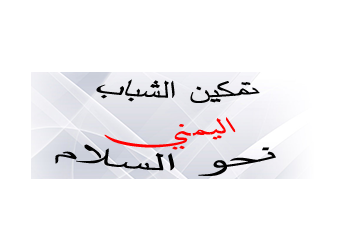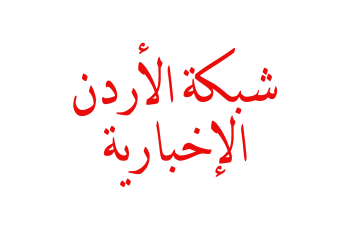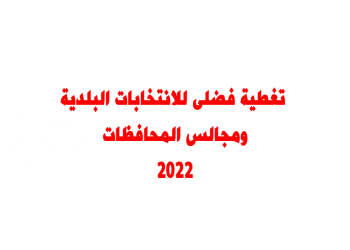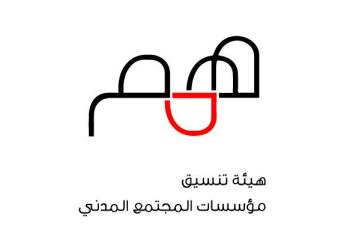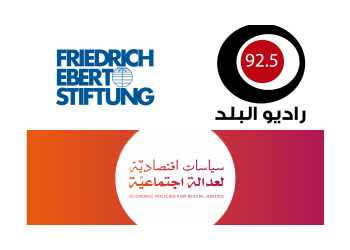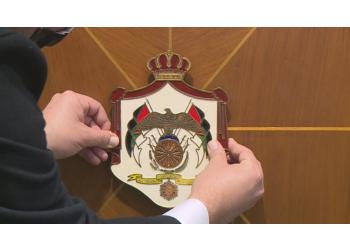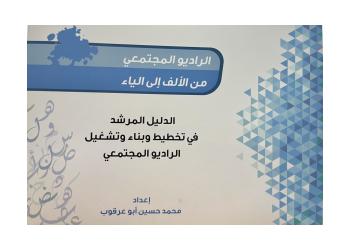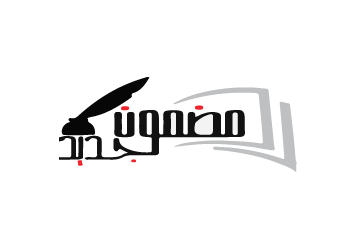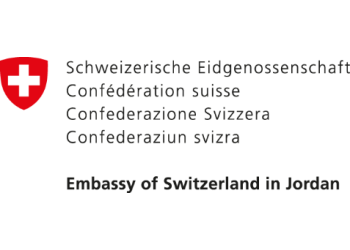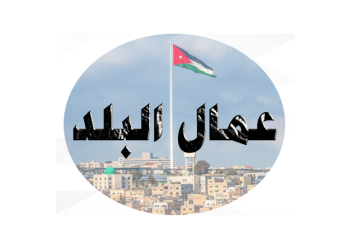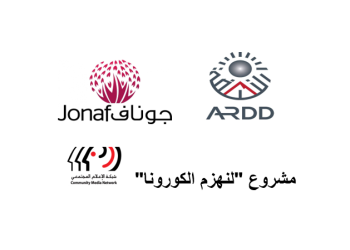
Cities tend to behave in an organic way; they start by a small mix of people that grow by time into a substantial population. Basic urban spaces start taking shape along this growth. Neighborhoods emerge as streets start weaving around. Chain shops create attraction points for commercial districts. A bunch of trees and open space form a public park. As a city matures, the way the usage of these spaces changes reveals a lot about the city itself.
Amman’s modern history as a city has witnessed a myriad of such changes. The population jumps it went though in the bracket of 102 years of municipal governance have reshaped the way we use existing spaces and create new ones. Being a young city, it has been prone to many quick changes that were reshaping city life internationally. One of these changes was the introduction of the car. The second was trying to reclaim the pedestrian space cars had deformed. To tell the story of these changes, we will narrate our Ninety Minutes in Amman*, a walking event we hold in collaboration with the local group, Fastwalk* annually (More information can be found at end of article). Through the walk, we can pick up a few hints on…
THE ROUNDABOUT
These circular medians have been a hallmark of Amman. One of its oldest main streets, Zahran Street, is adorned with eight of them. Paris Circle in the Luweibdeh neighborhood was formerly known as Al Hawooz roundabout (the change of name came after its renovation by the French). Unlike many others on Zahran, this roundabout is designed as an active public space with furniture provisions. Adorned iron street lamps & benches are dispersed in its center. Tree-lined paths are laid out as entrances to the center from various points of penetration on the periphery. The roundabout has been introduced in Amman as a traffic solution when various roads intersect and traffic lights are not desired. The beauty of Paris Circle is that it altered the concept of the roundabout and its aim to service cars only. This reclamation of it as a usable open space enabled the walk congregation (& speech) to happen there.
THE CAFÉ
The walk moved down hill from Luweibdeh then uphill to the First Circle neighborhood. Rainbow street is both the terminus of Zahran street and the neighborhood’s main street. The street’s pedestrian friendliness is due to the fairly well-kept sidewalks flanking each side of the street. The dispersion of places along the street imply that people move in a linear manner (unlike the focal manner of the roundabout). As one moves downhill, pockets extend from the sidewalk forming places for hanging out. One clever case is the Café des Artistes. The ground floor is all glazed enabling pedestrians to see what is going on inside. During warm days, the windows on the second floor are left open. By opening up the building façade to the street, the design enables the interior space act as an extension of the public space. At the café’s art exhibition openings, people literally spillover on the sidewalk.
THE SLOPING SIDEWALK
As the walk downhill on Rainbow Street continued, the stone walls of the buildings became more prominent. The various depths & stone carvings are witness to the different masonry styles that remain a distinctive part of the look of the building. Such details are hard for one to pick up on while driving. While walking, however, they are hard to miss. As sidewalks slope, rain can become an uninviting event in the city. Runoff speeds down the sidewalks alerting pedestrians that a pool of water awaits at the end. Rainbow Street has water channels running parallel to the sidewalk. Nevertheless, this problem proliferates in the city as a whole. The micro sidewalk drainage can be such a rich resource of storm water.
THE DUKKAN
The small grocery shop, locally known as the Dukkan, has historically been the go-to destination for daily supplies. The shops used to be named after their owners. The brand usually involved the word of “Abu” [meaning “father”] and followed by the name of the eldest son. Such stores held multitudes of stories on inhabitants of a neighborhood. They were also easily accessible by foot. As people became dependent on cars, trips to large franchised stores became an attractive alternative. The daily visit was cut down to a weekly one to Carrefour. The walking exercise was narrowed down to switching one’s foot between the gas and brake pedestals in the car. Along the way, memories of neighborhoods were lost. One dukkan along the walk suddenly became an attraction point. Many people were thirsty, and since they were walking, it was the best option to quench.
THE NARROW SIDEWALK
Sidewalks need a decent width for people to enjoy a comfortable walk on them. In Amman, besides being usually narrow, the width is often punctured with lighting poles obstructing a continuous flow. Usually people reclaim the street space back by walking on it instead of the sidewalk. The neglect of sidewalks reflects a disrespect for pedestrians. Sidewalks can never be enablers for pedestrian life if the street is a better alternative. And in various instances along the walk, abandoning the sidewalk was inevitable.
THE DOWNTOWN
At the footsteps of a staircase, and along a cul-de-saq in the balad (downtown), the street no longer becomes car dominant. The sight of pedestrians walking around cars may seem chaotic, yet it is organic nonetheless. In such old areas, cars remain till this day at a weak standpoint. If a group of people want to walk, they just do. The public realm in this area has been apparently developed with the human scale in mind. It is physically run down yet the power of a pedestrian is probably more pronounced there than in any other area in Amman.
THE STAIRS
Since Amman was built on a hilly terrain, stairs have been created for foot access between hilltops and the valleys. The vertical movement has cut many journeys short when moving between the two. Since most hilltops are too steep for roads to cut them vertically, the quickest way to scale them is by foot. These shortcuts are a hidden time-saving jewel. They have their drawbacks too. One is that they entail a certain level of fatigue on pedestrians climbing uphill. And like in the case of sloping sidewalks, they can be pretty messy if it rains, making these two reasons suffice for people to rule them out. And let’s not forget the cars.
Amman, what type of a city will you become if pedestrians reclaim the streets back?
*Inspired by the enticing book Twenty Minutes in Manhattan written by Michael Sorkin, we have created an annual walk in Amman. Occurring in January, the walk aims to bring to the Ammani’s attention the merits of navigating the city using our feet. In a 90 minute period, pedestrians scale up and down hills and neighborhoods of Amman. The walks are carried out with FASTWALK, Amman’s weekly walking group. The walk commences with an urban speech on what it means to be a pedestrian in the city. In 2010, Michael Sorkin carried the inaugural speech.



